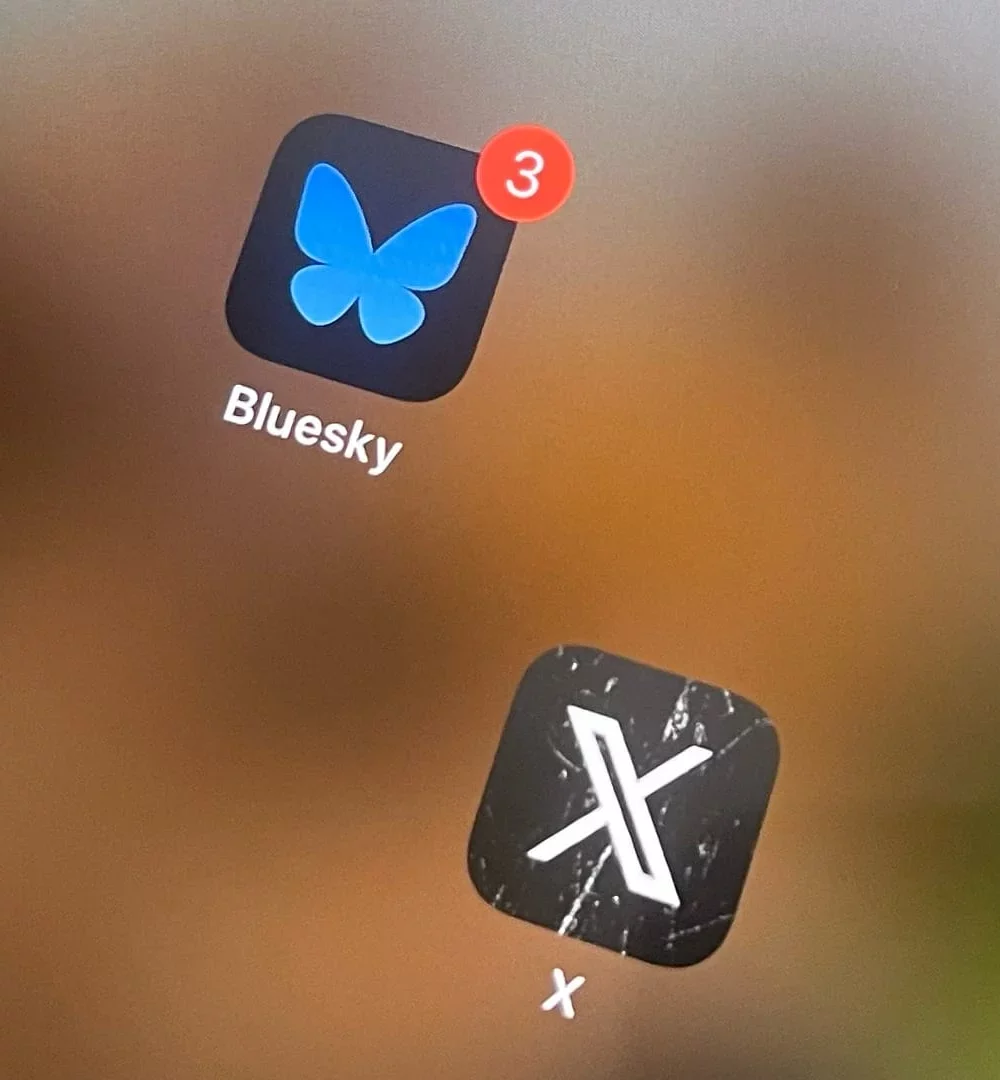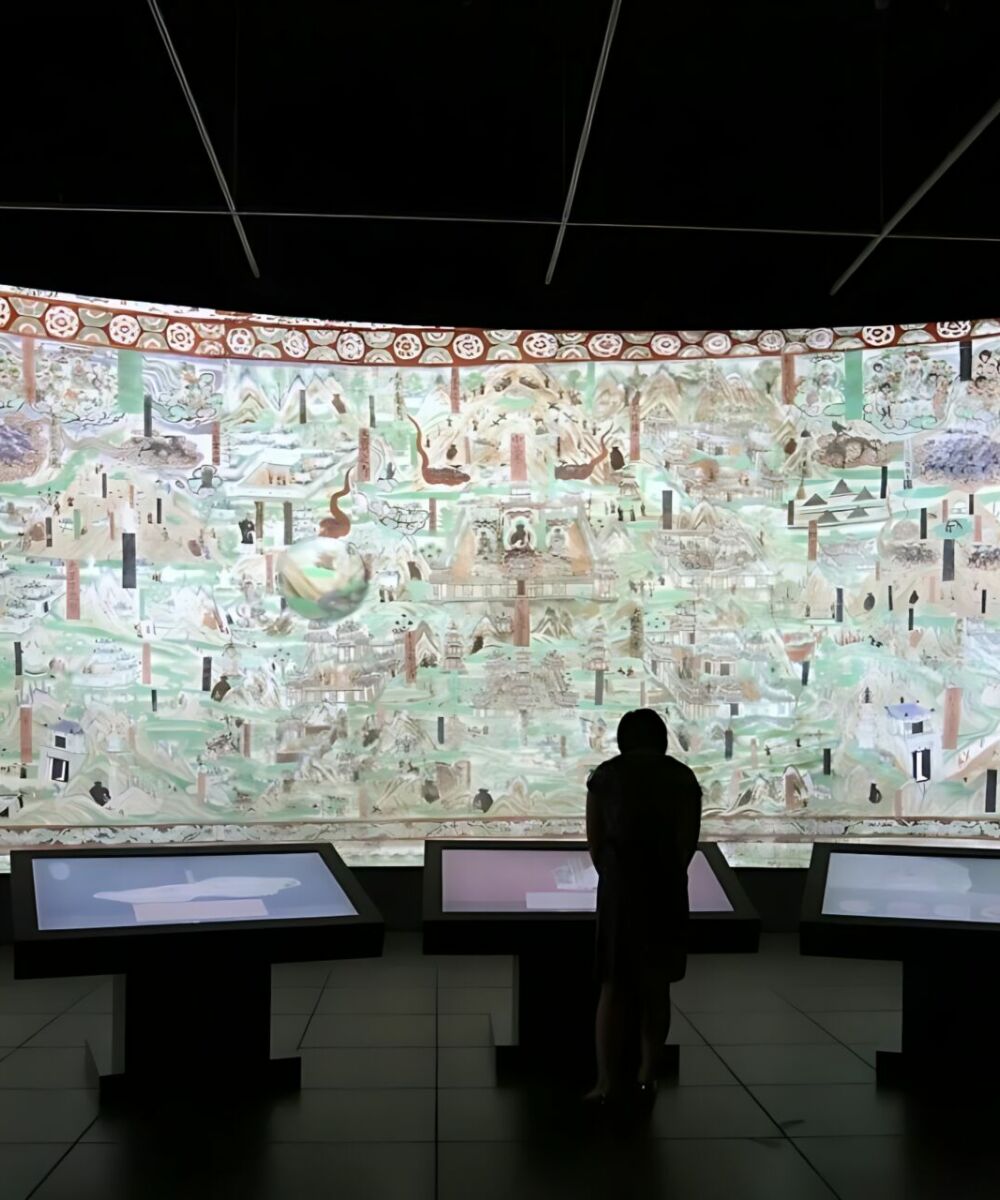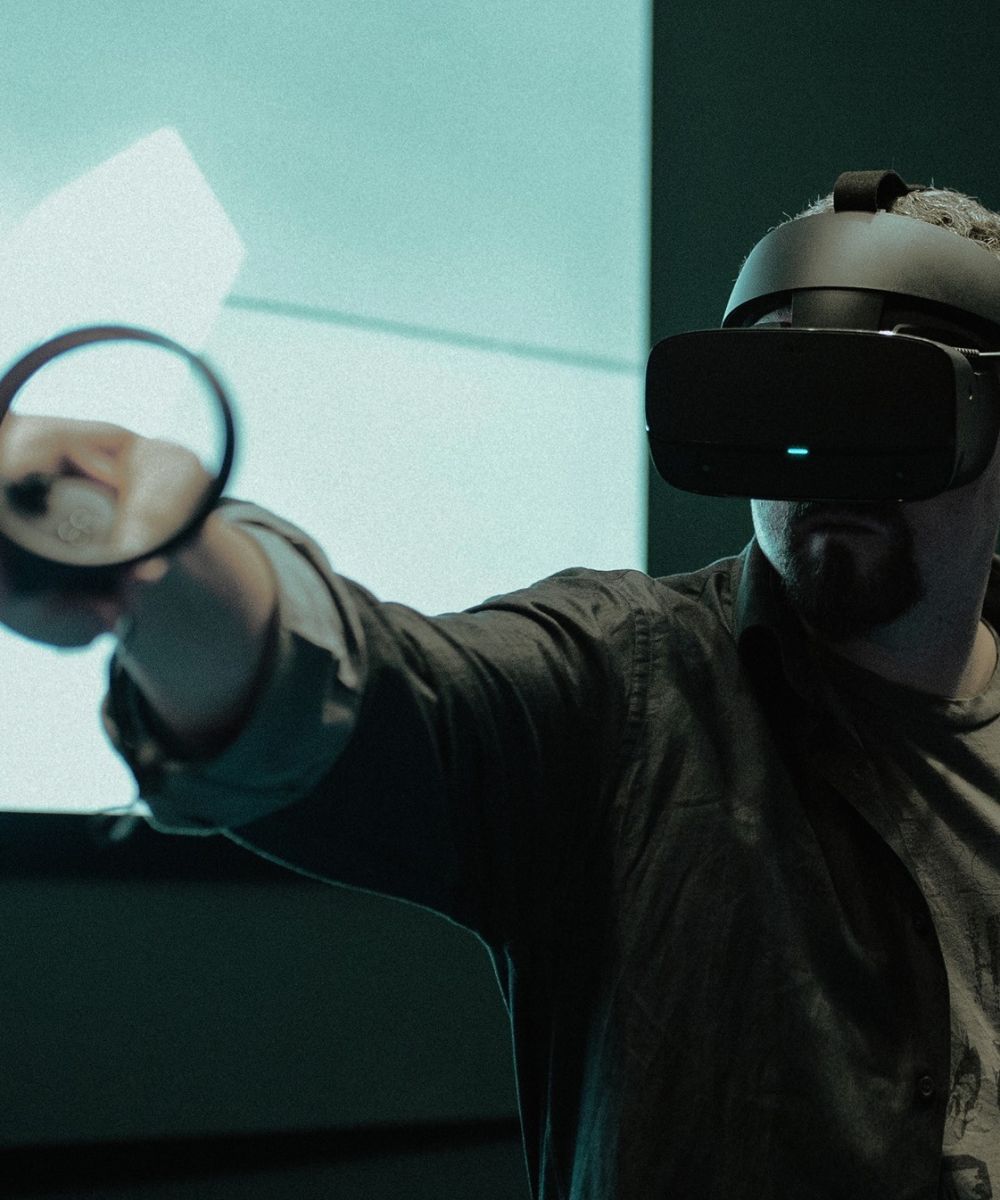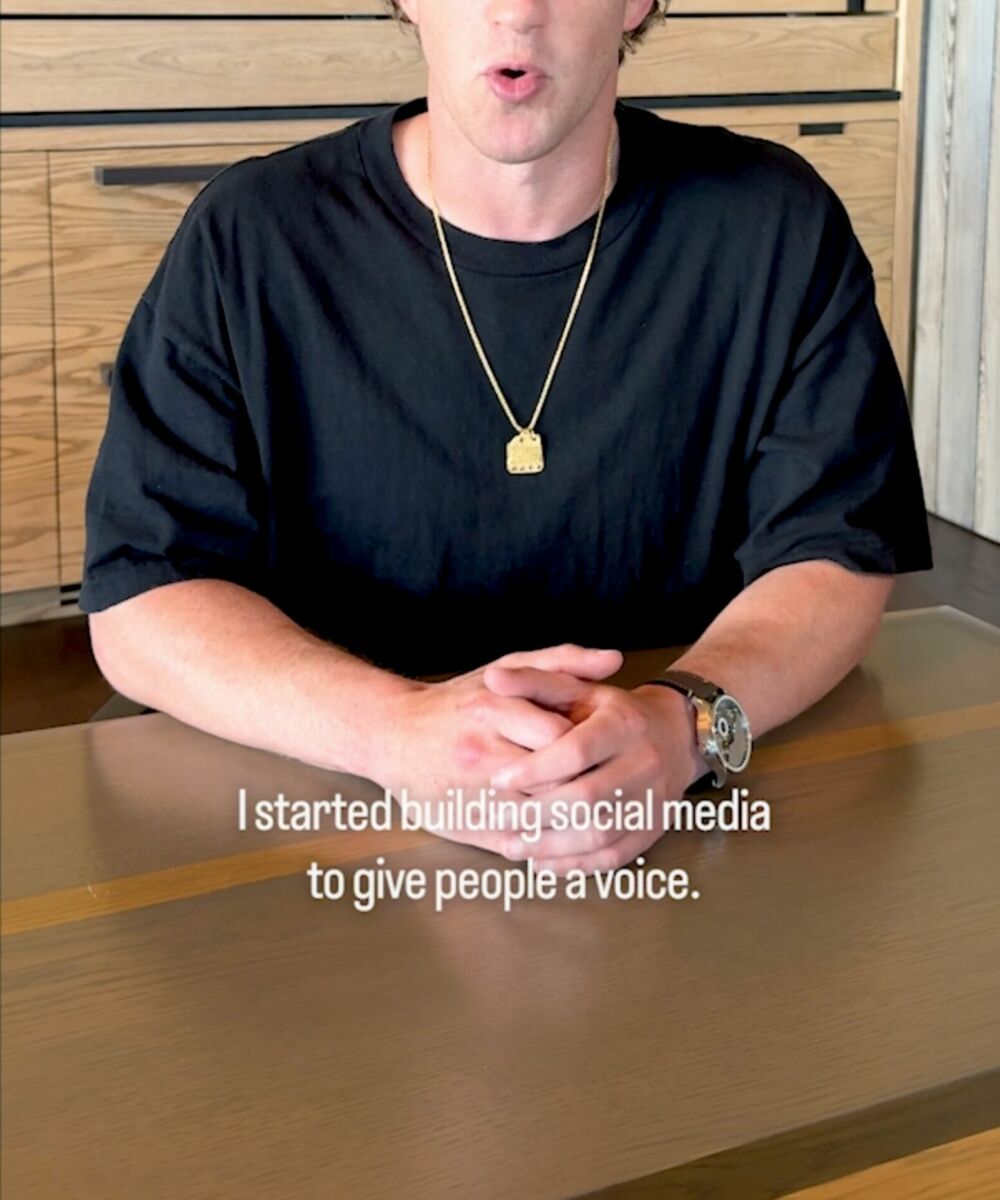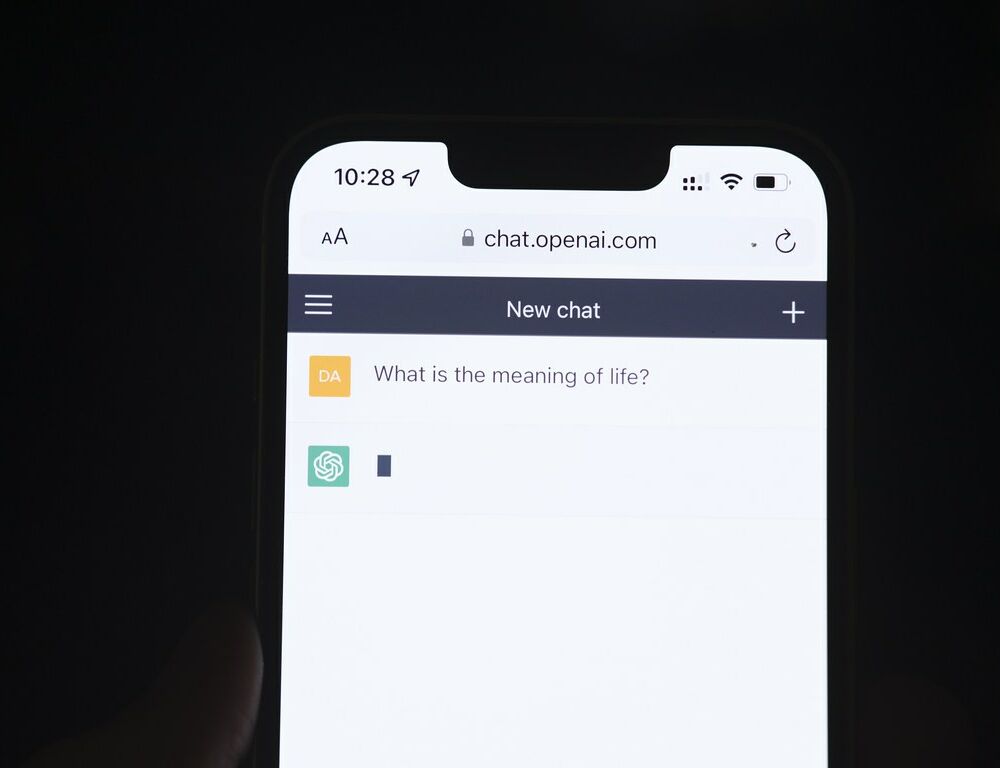What is Bluesky, the Social Network for X’s Fugitives?
by Niccolò Carradori
Redazione THE BUNKER MAGAZINE
We live in strange times when it comes to social reactions. Once upon a time, adverse political events spurred protests and public demonstrations, but today, dissent and political disillusionment often find expression through other means.
Some of these are even quite funny: a Florida cruise line, for instance, offered disheartened Americans the chance to embark on a four-year world cruise to “skip” the entire Trump presidency. No regressive policies, no tariffs, no QAnon—just four years of daiquiris by the pool and conga lines on Deck 8, returning refreshed just in time for the next election. The starting price? $40,000 a year (but with permanent duty-free perks). Could there be a better symbol of a segment of society completely alienated from the real world? I doubt it.
Another form of political pushback that I struggle to understand, though far less colorful, is the exodus from social platforms. This is happening with many users of X (formerly Twitter) in response to Elon Musk’s political endorsement of Donald Trump.
On July 13, 2024, Elon Musk made yet another controversial move, this time on the political stage. In a post on X, he publicly declared his support for Donald Trump, initiating a process that would see him, months later, join Trump’s administration as the leader of the Department of Government Efficiency.

This declaration was not without consequences: a significant portion of X’s users, already weary of its shift toward a conservative, Trump-favoring algorithmic landscape, decided to abandon the platform. Many of them flocked to Bluesky, a platform that, with its principles of decentralization and greater user control, presents a cultural and structural alternative to traditional social media.
Founded in 2019 as an experimental project by Twitter creator Jack Dorsey, Bluesky became an independent company in 2021. Its core is the AT (Authenticated Transfer) protocol, an open-source system that allows users to interact across different networks, breaking down the rigid boundaries imposed by centralized platforms like X or Threads.
But what makes Bluesky special? It’s a microblogging social network, similar in format to X, but with substantial differences in functionality and philosophy. Users can customize how their feed is organized, ranging from a simple chronological order to more specific criteria, such as seeing only images or posts on certain topics. This ability to choose directly challenges the recent trends in social media, where content is curated by invisible algorithms often more interested in engagement than in the quality or relevance of the experience.
Moderation on Bluesky follows the same principle: there is a central team managing content but also customizable tools that let users limit their exposure to sensitive materials. This balance between centralized control and personal autonomy makes Bluesky a platform seemingly designed for mindful users seeking greater decision-making power.
Initially, Bluesky’s growth was slow, but the landscape changed after the U.S. presidential elections. The increasingly toxic environment on X, combined with the growing visibility of Trump and Musk, drove many users to seek alternatives. This month, Bluesky surpassed 20 million users, showing impressive growth rates worldwide.
Several factors contributed to this success: beyond its clean design and advanced features, Bluesky thrives on a sense of novelty and rebellion. Migrating to Bluesky has become not just a technical shift but a political and cultural statement—a rejection of Big Tech’s invasive practices.
Still, Bluesky is not without risks. Its popularity might turn out to be a fleeting phenomenon, similar to other emerging platforms like Mastodon or Threads, which saw an initial boom only to stagnate later. The critical question is whether Bluesky can maintain user engagement, convincing them to rebuild their social networks and invest time in a platform that remains small compared to industry giants.
From my perspective, however, this migration raises a broader issue: why do younger generations, despite being digital natives, seem incapable of building truly independent digital spaces? In the 1960s and 1970s, young people created physical gathering places—social centers, clubs, and protest squares—designed to reflect alternative worldviews.
Today, social media dominates our interactions, but its construction remains firmly in the hands of large corporations, with rules imposed from above. Bluesky represents an intriguing novelty but remains a product of the existing system, not a truly autonomous space. The same logic prevails: “network” matters more than “social.” Perhaps real change will not come from simply hopping from one platform to another, but from envisioning a future where digital communities are designed and managed by the users themselves.
Niccolò Carradori
Studied psychology and joined the editorial staff of VICE Italia in 2013 as an editor and staff writer, where he remained until the magazine closed. Over the years he has also written for Esquire, Rolling Stone, GQ and Ultimo Uomo. Since October 2024 he has joined the editorial staff of The Bunker.




